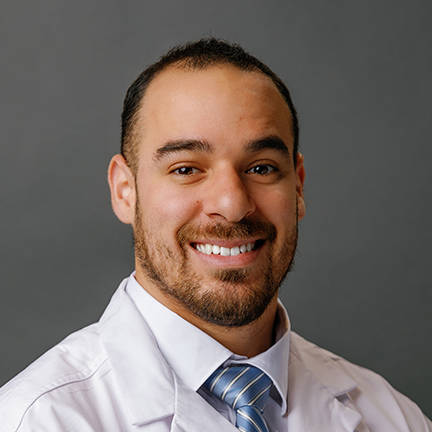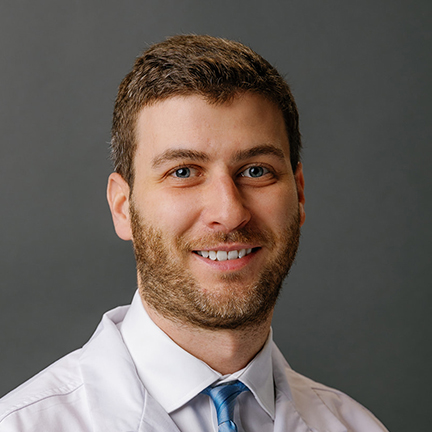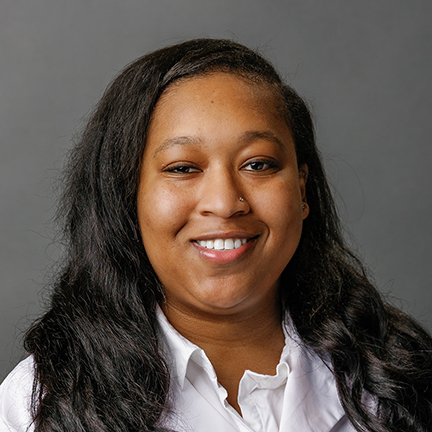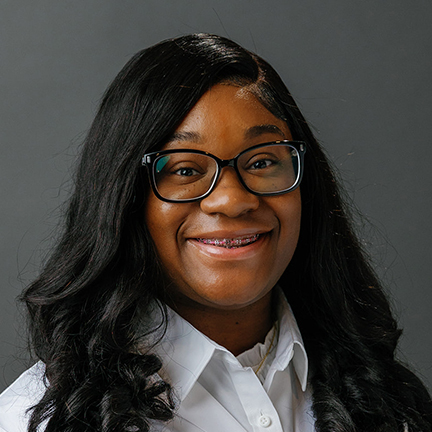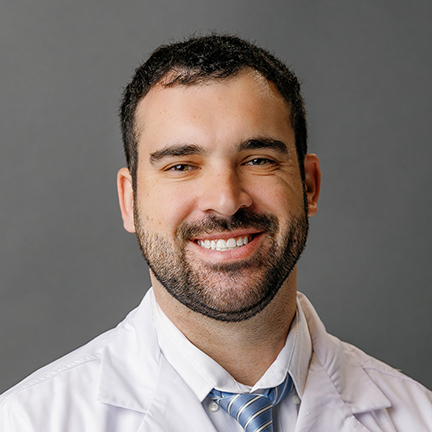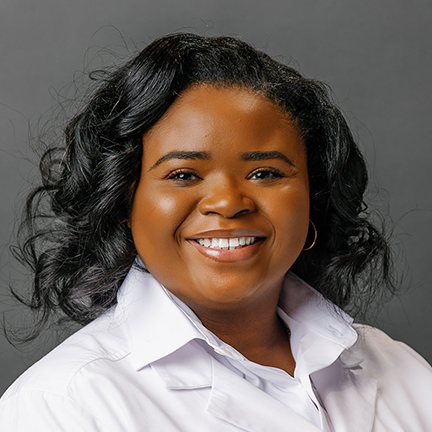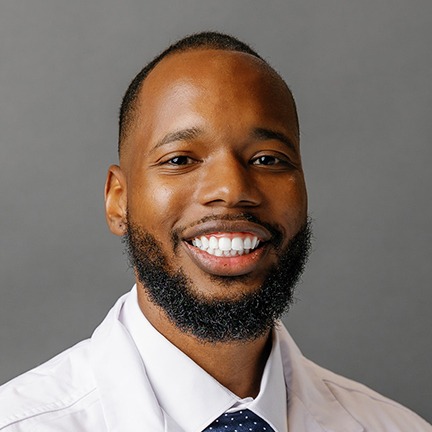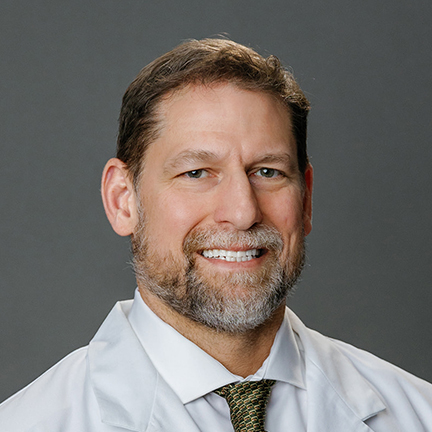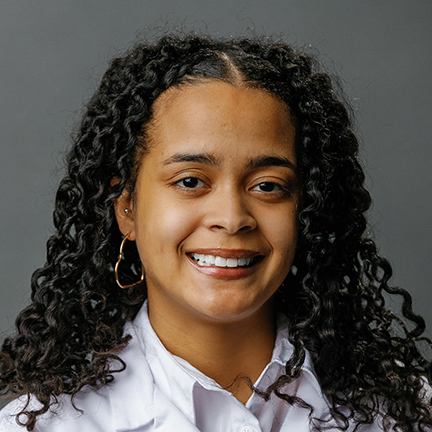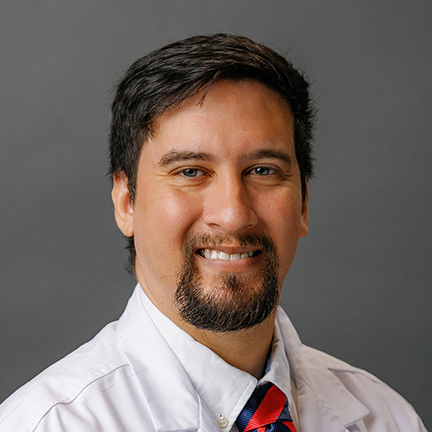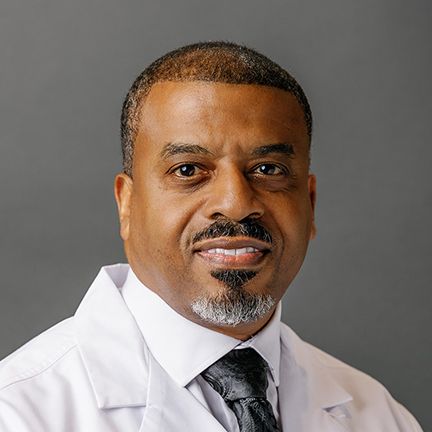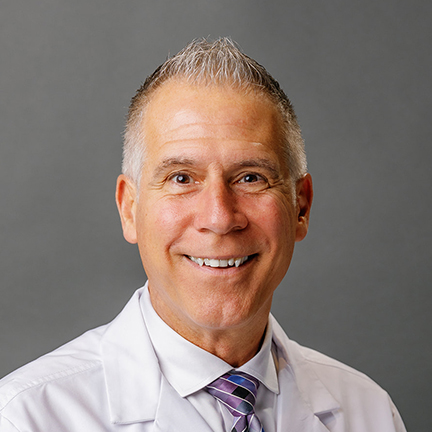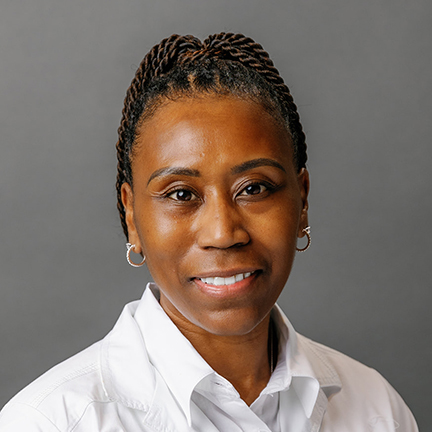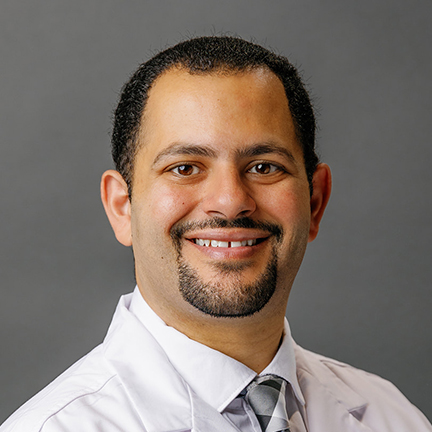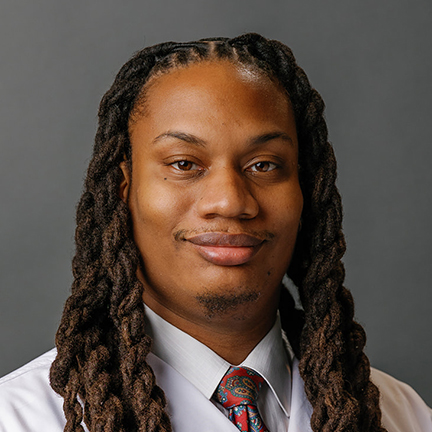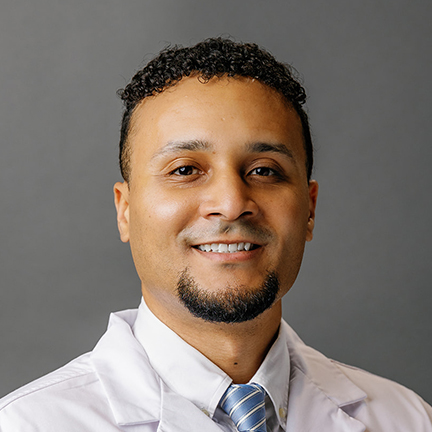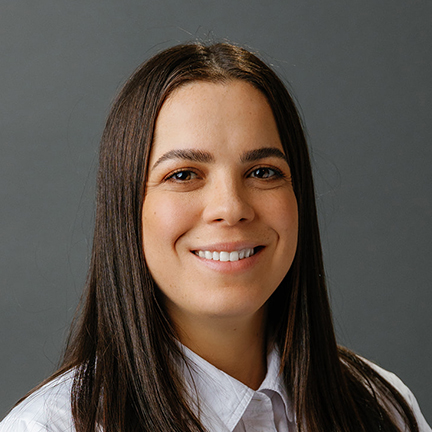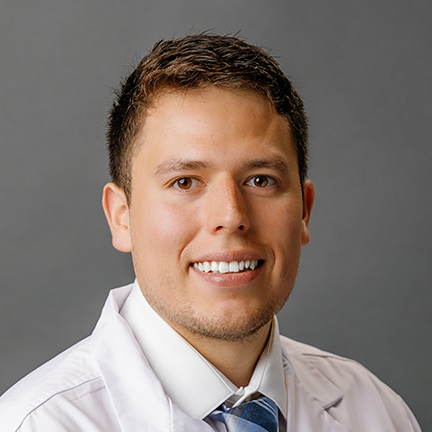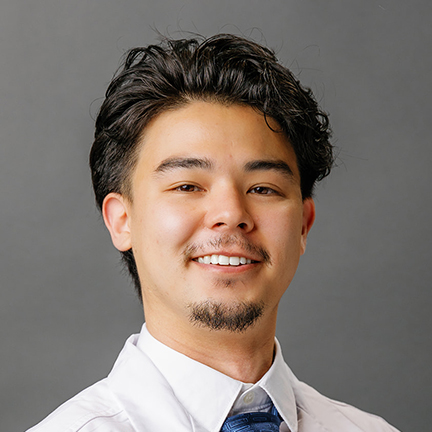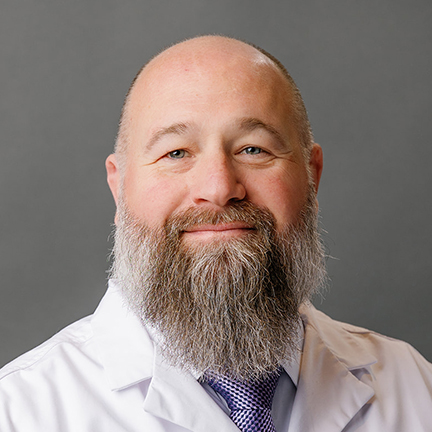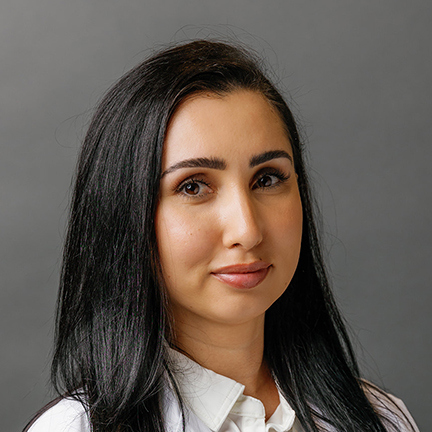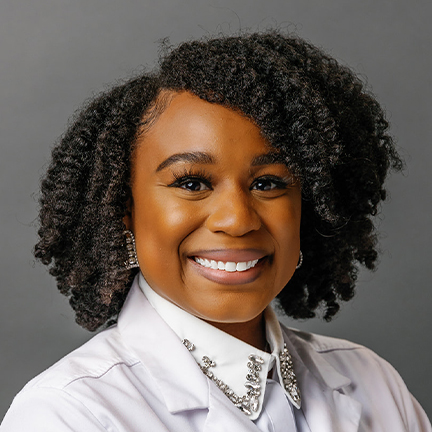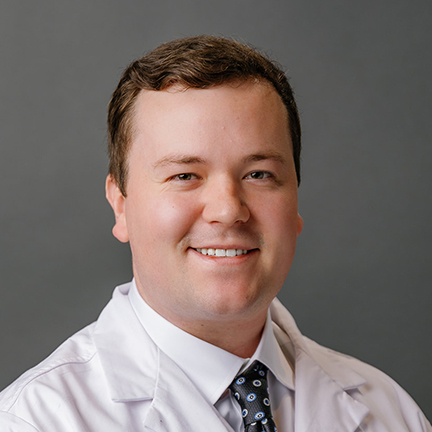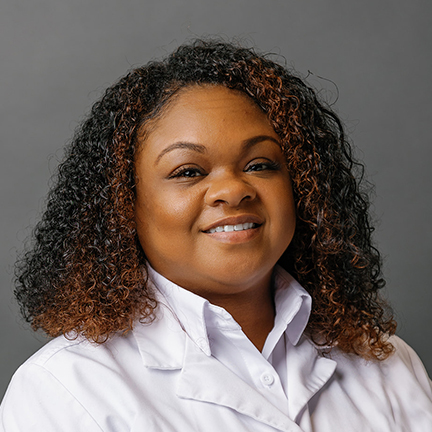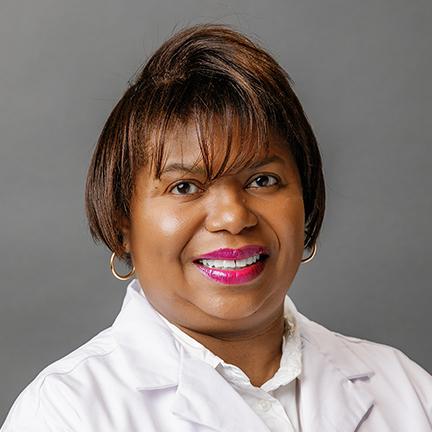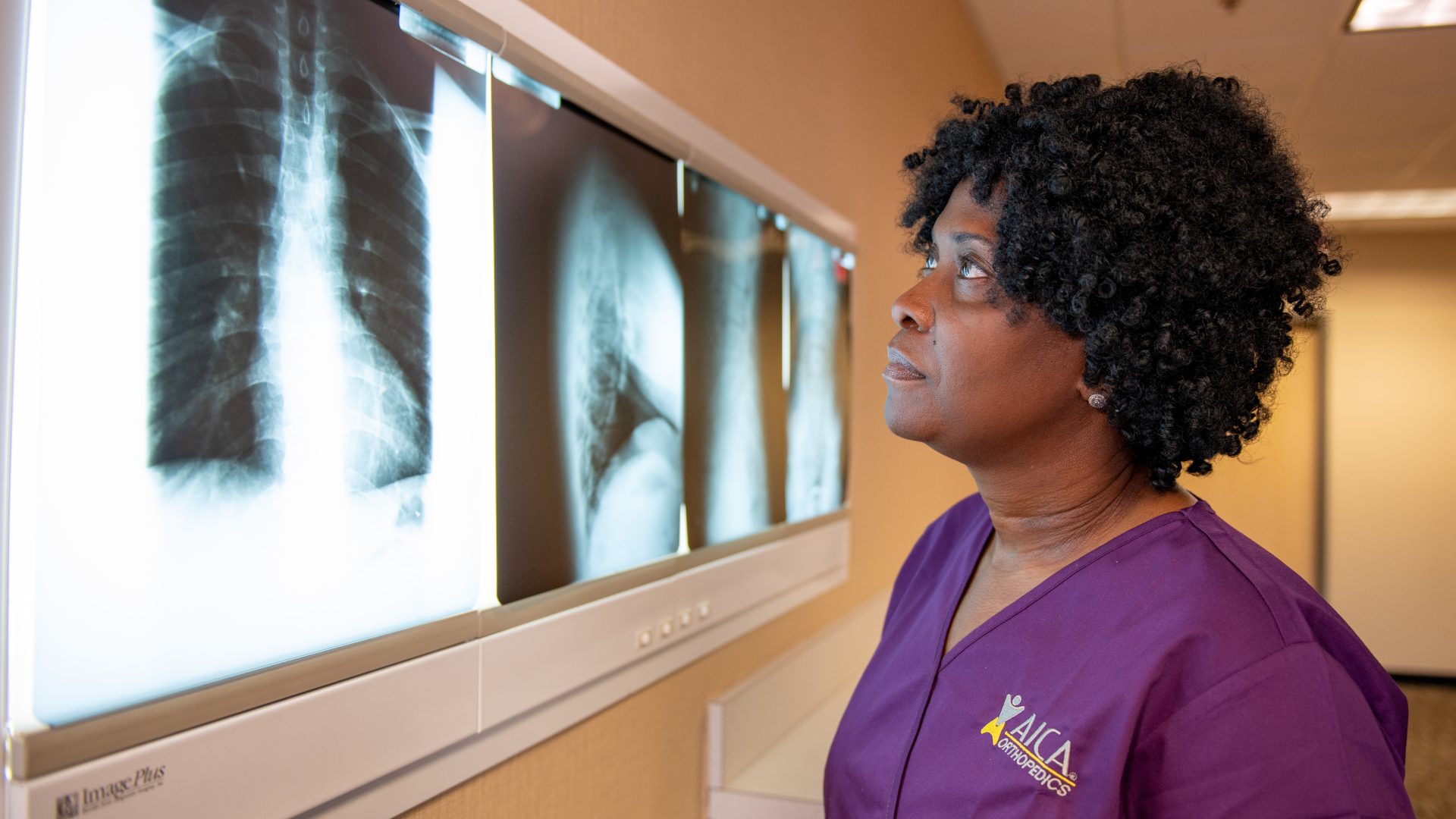
Spine Surgeons
Expert Orthopedic Spine Surgeons Near Me
Chronic spine pain and mobility issues can make daily life difficult, affecting your ability to work, move, and enjoy everyday activities. If you’re struggling with persistent discomfort, recovering from an injury, or exploring surgical solutions, the skilled spine surgeons at AICA Orthopedics are ready to help. Our team specializes in diagnosing and treating a wide range of spinal conditions, offering personalized care to restore function and relieve pain.
With advanced treatment options and a patient-centered approach, we provide comprehensive orthopedic care designed to support your recovery. If you’re searching for a spine surgeon near me, AICA Orthopedics offers expert care at 18 locations across Atlanta, making it easier to get the help you need.
Meet Our Orthopedic Spine Surgeons
What Conditions Do Spine Surgeons Treat?
Spine surgeons specialize in diagnosing and treating issues that affect the spinal column and surrounding structures. Common conditions treated by our experts include:
- Herniated Discs: Occur when the soft center of a spinal disc pushes through a crack in the tougher exterior casing, causing pain and discomfort.
- Spinal Stenosis: A narrowing of the spinal canal that can lead to nerve compression, resulting in pain, numbness, or weakness.
- Degenerative Disc Disease: The wear and tear of spinal discs over time, leading to chronic pain and reduced mobility.
- Scoliosis: A lateral curvature of the spine that can cause discomfort and posture issues.
- Sciatica: Pain radiating along the sciatic nerve, often caused by compression due to a herniated disc or bone spur.
- Spinal Fractures: Breaks or cracks in the vertebrae, often resulting from trauma or osteoporosis.
- Spinal Tumors: Abnormal growths within or around the spinal cord or vertebrae, which may require surgical intervention.
What Treatments Do Spine Surgeons Perform?
When spine pain and mobility issues become severe, our spine surgeons offer advanced treatment options designed to relieve discomfort, restore function, and improve overall quality of life. Depending on your condition, we may recommend one or more of the following:
- Minimally Invasive Spine Surgery – Utilizing smaller incisions and specialized instruments, this approach reduces pain, scarring, and recovery time compared to traditional open surgery, allowing for a quicker return to daily activities.
- Spinal Fusion – A procedure to join two or more vertebrae, eliminating motion between them to relieve pain from conditions like degenerative disc disease or spinal instability. This helps stabilize the spine and prevent further deterioration.
- Discectomy – Removal of the herniated portion of a disc to alleviate nerve compression and associated pain. This procedure is commonly performed to relieve symptoms of sciatica and lower back pain.
- Laminectomy – Removal of part of the vertebra called the lamina to relieve pressure on the spinal cord or nerves. This is often recommended for patients with spinal stenosis who experience pain, numbness, or weakness.
- Artificial Disc Replacement – Replacing a damaged disc with an artificial one to maintain spine mobility while reducing pain. This is an alternative to spinal fusion for eligible patients.
- Physical Therapy and Rehabilitation – Customized programs to strengthen muscles, improve flexibility, and restore function after surgery or injury. This plays a crucial role in long-term recovery and injury prevention.
- Pain Management Solutions – From non-surgical treatments like injections and medications to advanced surgical interventions, we create personalized treatment plans that address your specific condition, ensuring lasting relief and improved mobility.
Our top spine surgeons carefully evaluate each patient to determine the most effective approach, helping you return to a more active and pain-free lifestyle.
When Should You See a Spine Surgeon?
If you’re experiencing persistent spine pain that interferes with your daily activities, it may be time to consult a specialist. Consider scheduling an appointment if you notice:
- Difficulty walking, sitting, or standing for extended periods
- Spine pain that worsens with movement or activity
- Stiffness or reduced range of motion
- Numbness, tingling, or weakness in the extremities
- A previous injury that isn’t healing properly
Recovery Timeline for Spine Surgery
Recovery from spine surgery varies based on the procedure and individual healing response. Below is a general timeline for what to expect after common spine surgeries:
| Recovery Stage | What to Expect |
|---|---|
| First Few Days | – Hospital Stay: Usually 2 to 4 days based on the procedure. – Pain Management: Medications help control discomfort. – Light Movement: Gentle activity prevents stiffness and blood clots. |
| Weeks 1 to 4 | – Limited Activity: Avoid strenuous movements; short walks encouraged. – Follow-Up Visit: A check-up ensures healing is on track. – Gradual Mobility: Transition from assistance to independent movement. |
| Weeks 4 to 12 | – Physical Therapy: Strength and flexibility exercises begin. – Return to Work: Desk jobs may resume; physical labor may need more time. – Pain Reduction: Significant improvement in comfort and mobility. |
| Months 3 to 6 | – Daily Activities Resume: Most normal tasks are possible. – Strength Gains: Continued therapy improves movement. – Avoid High-Impact Movements: Heavy lifting and intense workouts still restricted. |
| Months 6 to 12 | – Full Recovery: Most patients regain full function. – Exercise Approved: Light activities are generally safe, with doctor’s guidance. – Final Follow-Up: Last check-in with the surgeon to confirm progress. |
Your First Visit to a Spine Surgeon: What to Expect at AICA Orthopedics
At AICA Orthopedics, we strive to provide a stress-free experience from consultation to treatment. Here’s what you can expect when visiting one of our spine surgeons:
- Comprehensive Evaluation – Our specialists take time to understand your symptoms, medical history, and lifestyle to create a tailored treatment approach.
- Advanced Diagnostic Testing – We use state-of-the-art imaging like X-rays, MRIs, and CT scans to accurately diagnose spine conditions and determine the best course of treatment.
- Personalized Treatment Plan – Whether you require conservative care or surgical intervention, we design a customized plan to help you achieve pain relief and improved mobility.
- Dedicated Support Team – From initial consultation to post-treatment recovery, our medical team ensures seamless communication and comprehensive care at every step.
Advanced Diagnostic Technology for Precise Hip Treatment
At AICA Orthopedics, we utilize advanced imaging tools—X-rays, MRIs, CT scans, and EMG testing—to accurately assess spine conditions. These technologies allow us to pinpoint the cause of pain and dysfunction, enabling our specialists to develop precise, evidence-based treatment plans.
Why Choose AICA Orthopedics for Your Spine Care?
Finding the right spine surgeon can make all the difference in your recovery and long-term mobility. At AICA Orthopedics, we take a patient-centered approach, combining the expertise of top spine surgeons, pain management specialists, and physical therapists to provide seamless, comprehensive care. Our advanced diagnostic tools and treatment options are available under one roof, making care more efficient and reducing the need for multiple appointments.
With 18 locations in Atlanta to serve you, finding the best spine surgeon near me has never been easier. Take the first step toward recovery—contact us today to schedule a consultation.

